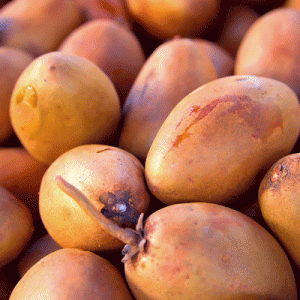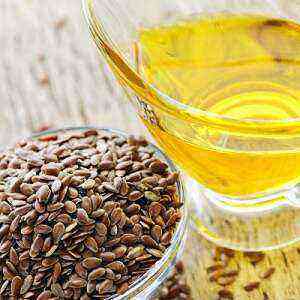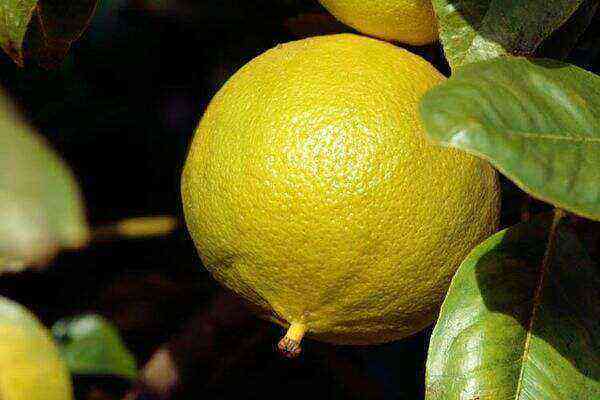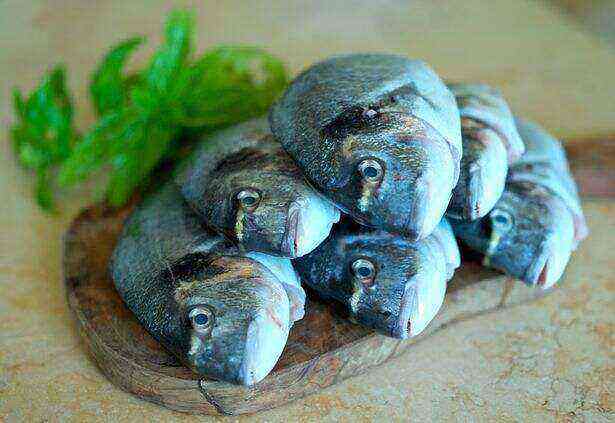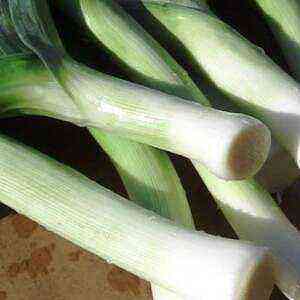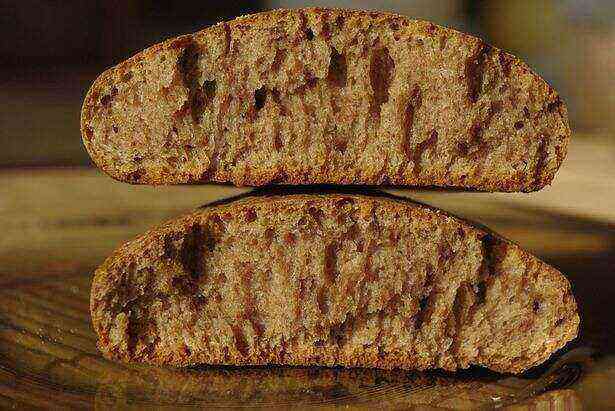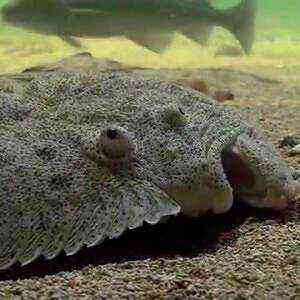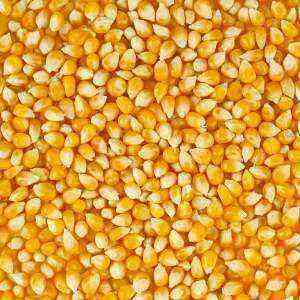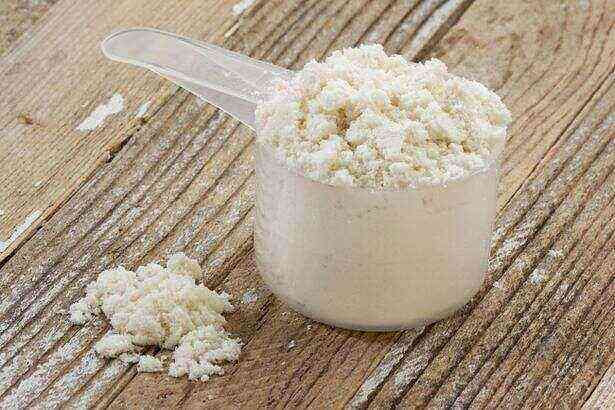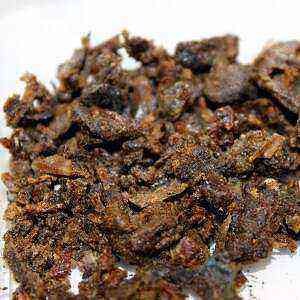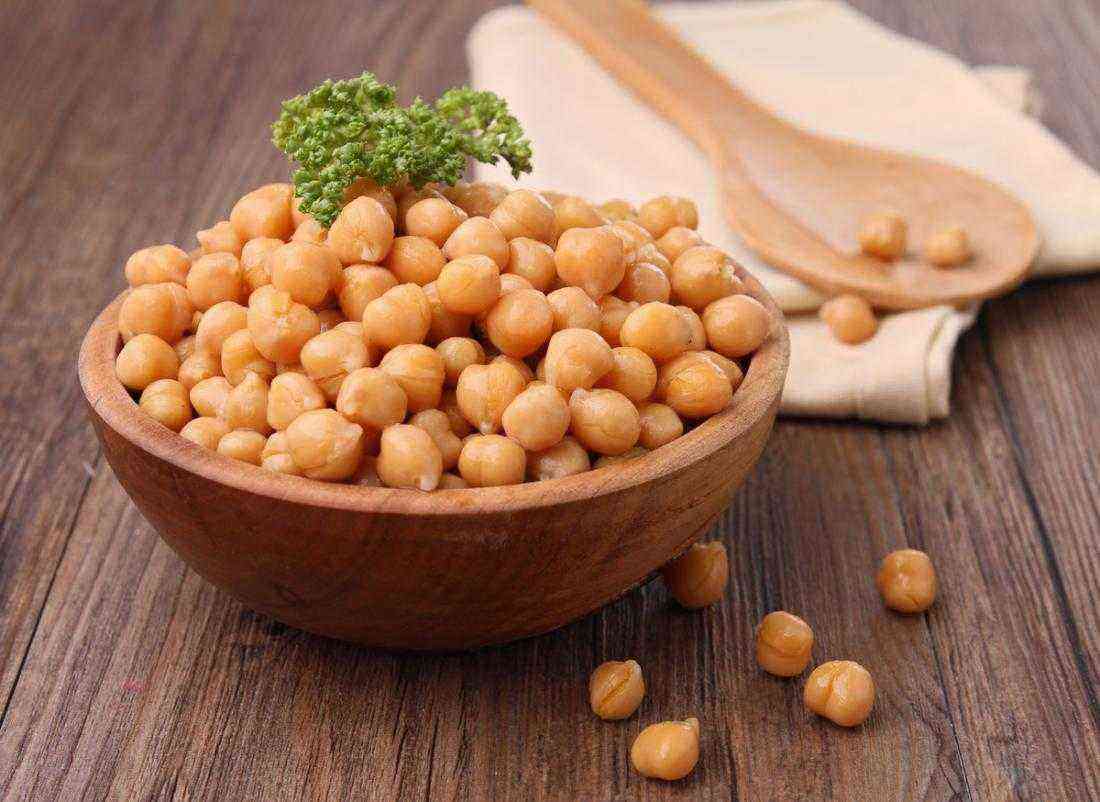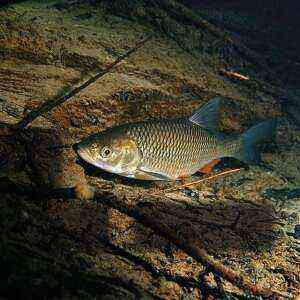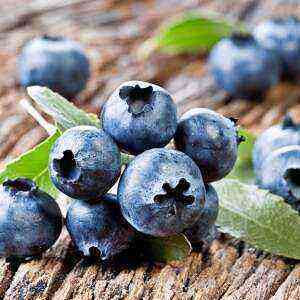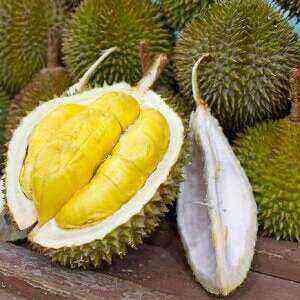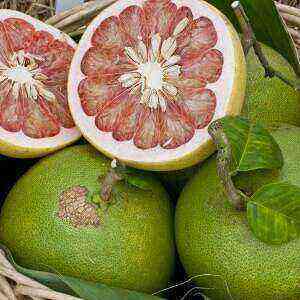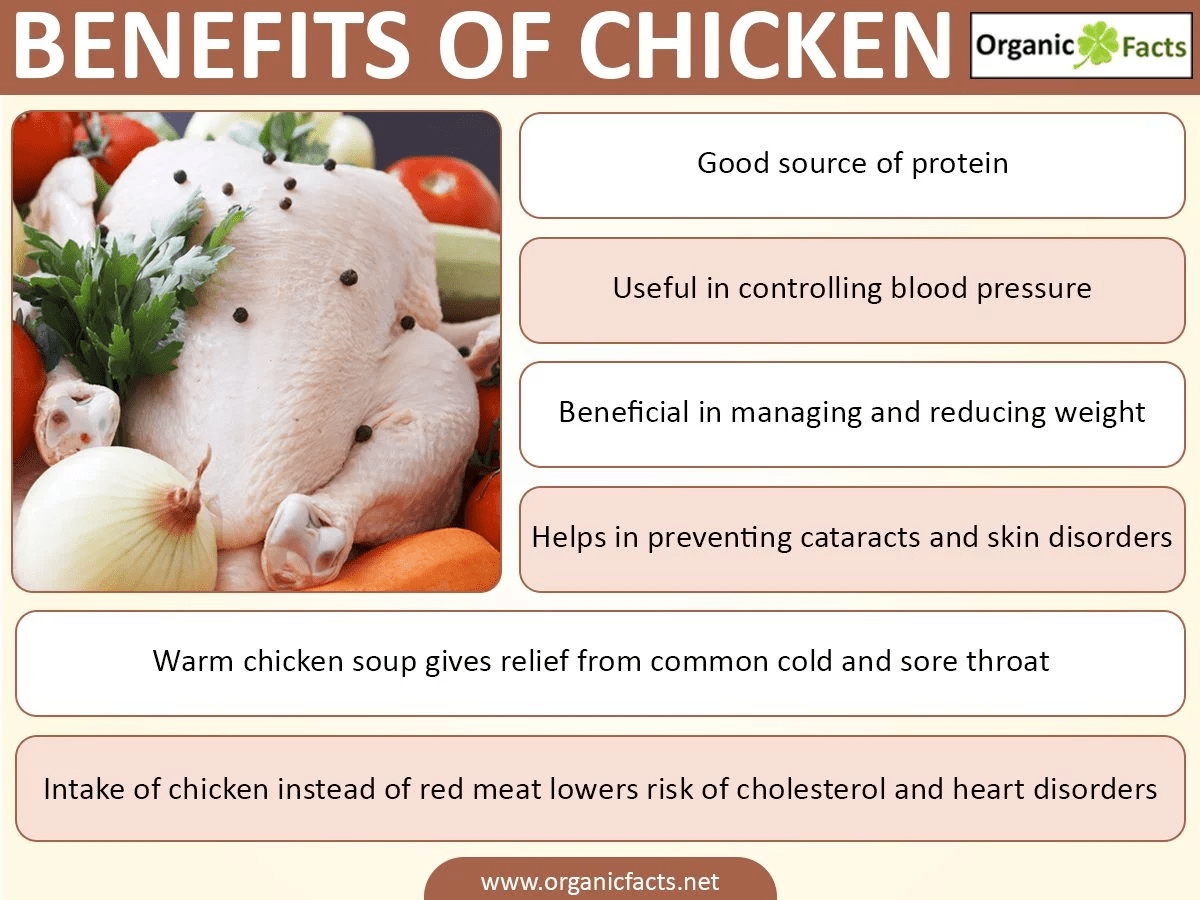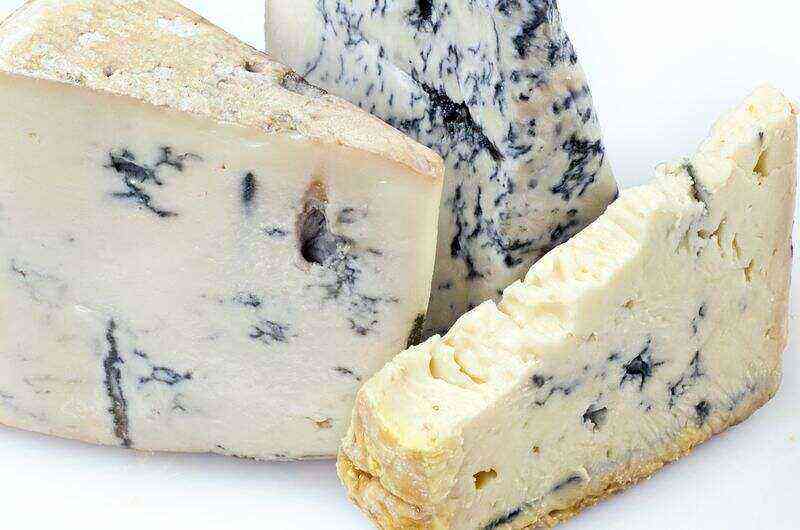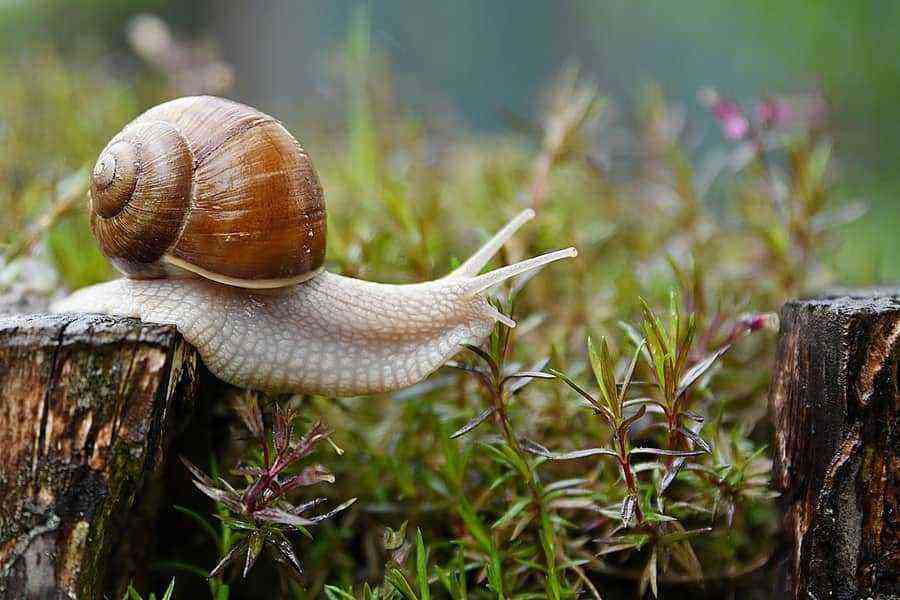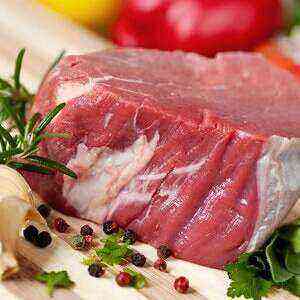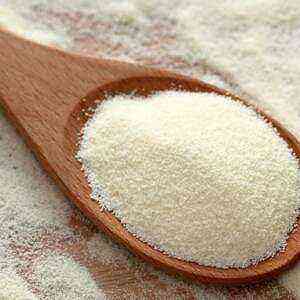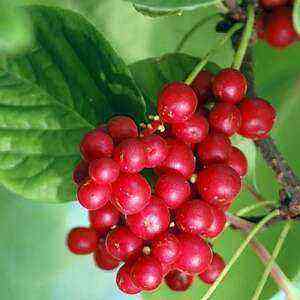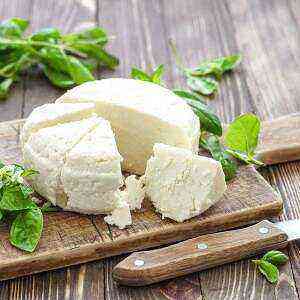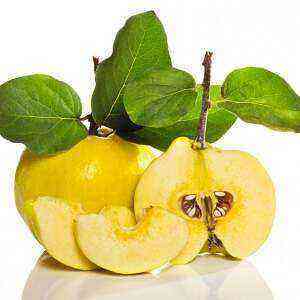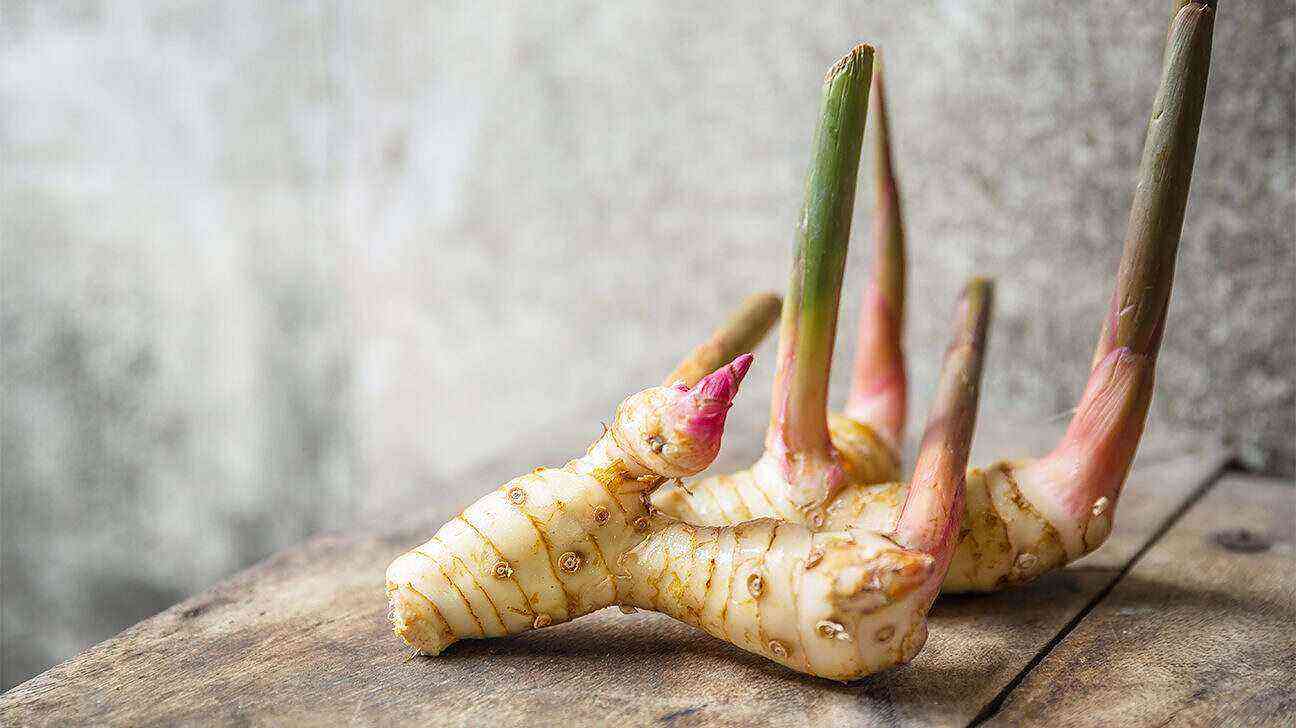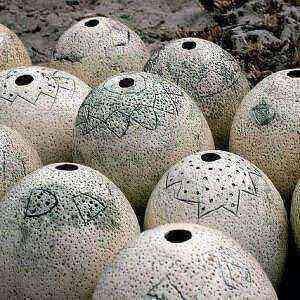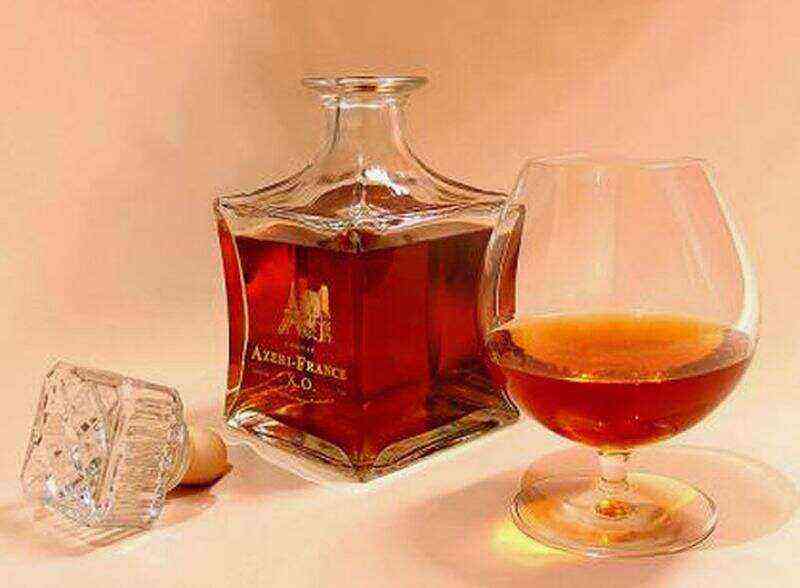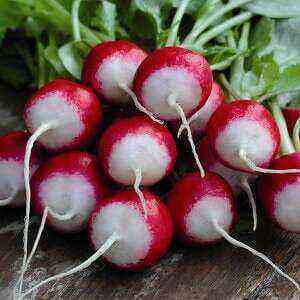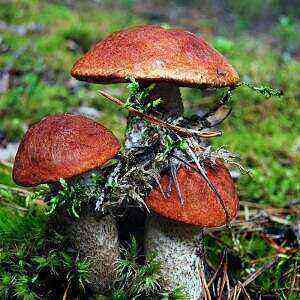
Why boletus?
The scientific name for this fungus is Leccinum aurantiacum. But in everyday life he is known as a boletus, because attentive lovers of “quiet hunting” noticed: more often this handsome man is found under the aspen trees. Although you should not be surprised if you are lucky enough to find it under spruces, pines, birches, oaks, in coniferous-deciduous forests and even on the edges or glades in groups or singles. True, there are representatives of some varieties that differ from their “fellows” from under the aspens.
This type of mushroom is common in Eurasia and North America, in forests with a temperate climate. Found in shady thickets, on moist soil. These beauties love to hide among blueberries, ferns, mosses and grass, although sometimes their bright caps are visible along forest paths.
The classic boletus is a mushroom that resembles a boletus, but with an orange-red cap (up to 20 cm in diameter), a chunky leg and dense flesh. The largest size reaches 10 days of growth, some specimens grow up to 2 kg. A distinctive feature of a young mushroom is a hemispherical cap, the edges of which are tightly pressed against the stem. The skin on the cap is not sticky, like butter, but dry, some velvety. The club-shaped leg in adult boletuses reaches 22 cm.It is easy to recognize by its small black or brown scales. The “hunt” for the boletus lasts from the beginning of summer to October.
Because of the bright hat, in the old days it was nicknamed by many other names: red mushroom, redhead, redhead, obabok, brisket. Some suggest that the mushroom got its name also because the hat resembles the bright autumn leaves of an aspen in color.
Varieties of boletus
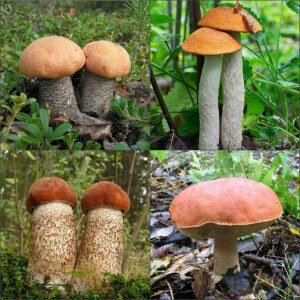
The first sign of boletus boletus is a red-orange cap and a white leg with dark scales, like boletus boletus. But not uncommon – white boletus, which are found in spruce forests, and yellow-brown – “inhabitants” of mixed plantings. White-pink boletuses grow on wet soils of pine forests, and gray ones grow under poplars.
Another ability of boletus boletus is to change the color of the leg on the cut. The initially white flesh after damage changes color to pink, then dark blue or black. And that shouldn’t be scary. The fact is that the composition of the fungus contains components that oxidize when in contact with air and enzymes. But this reaction does not affect nutritional characteristics and taste in any way.
Do you still have doubts about the edibility of the mushroom? It’s time to look under the hat.
All representatives of the bolet family (including aspen mushrooms) have a thick porous layer (up to 3 cm) under the cap. As a rule, it is of light colors: white, with a yellow-brown or gray tint.
Classification by type
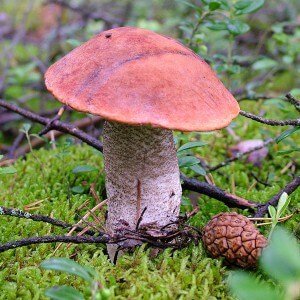
Red boletus
This edible mushroom is found under deciduous trees: aspen, birch, beech, poplar, willow, oak. It is small – up to 15 cm in height and with a cap about 10 cm in diameter. The hats of these representatives are bright red or red-brown, the scales on the leg are gray-white. It grows in Europe, Siberia, the Far East and the Caucasus, in the tundra it is found under dwarf birches.
Yellow-brown boletus
Other names are red-brown or multi-skinned obabok. Quite a large representative of forests – it can reach 25 cm in height, up to 15 cm in diameter of the cap. The hats are yellow-brown or sandy-orange in color, the legs are usually gray with frequent granular brown-black scales. This species is common in forests with a temperate climate. Mushrooms are found near birches, aspens, in pine and spruce-birch forests.
White boletus
A distinctive feature of young mushrooms is a white cap, which, however, reaches 25 cm in diameter with age and darkens to a gray-brown color. The leg is white, with the same scales. Few are lucky enough to find such a mushroom. If you wish, you should look for it on moist soils of spruce-birch forests, under aspen trees. Geographically distributed in North America, Western Europe, Siberia, the Baltic countries, in some regions of Russia.
Oak redhead
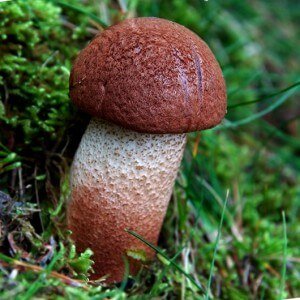
Boletus boletus with painted legs
This representative resembles ordinary boletus less than others. His cap is often flat and pink, uncharacteristic for redheads. The leg is covered with the same scales (or red). Distributed in the eastern regions of North America and Asia, in deciduous and coniferous forests.
Pine Redhead
It is an edible mushroom with a dark crimson cap and a leg covered with brown scales. Its height and diameter of the cap rarely exceed 15 cm. It should be hunted in the moist spruce and pine forests of Europe. Experienced mushroom pickers advise, first of all, to carefully examine the foot of the pines and bearberry thickets – there the redhead hides most often.
Black-scale boletus

Spruce redhead
A small representative of the boletus family with a chestnut cap with a cylindrical stem with light brown scales. Singles are rare. Mushrooms grow in all coniferous forests, but best of all under fir trees. Sometimes found in mixed forests.
Seasonal classification
The boletus fruiting season is very long. And summer representatives are somewhat different from their October “brothers”.
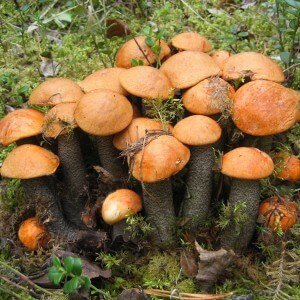
Spikelets are boletus that appear at the end of June and disappear at the end of the first decade of July. These are the very first mushrooms, of which there are usually few. During the indicated period, yellow-brown and white boletuses are found.
Stubble stubs – appear in mid-July and bear fruit until late August – early September. This is the “starry” time of red boletus, oak, black-scaled.
Deciduous are the last mushrooms to appear in the second half of September. Until the first frost, you can “hunt” for redheads in pine and spruce forests with rich coniferous litter, which protects the mushrooms from the cold.
False boletus
Besides the fact that the boletus is one of the most beautiful, tasty and healthy mushrooms, they are also one of the safest forest gifts.
Despite the impressive number of varieties, these mushrooms are practically not poisonous. But novice mushroom pickers still often ask themselves: what does a false boletus look like. However, the more experienced assure: there are no false redheads in nature. The only problem is that, due to inexperience, some take bitter mushroom (gall mushroom) for a boletus. It is possible to determine the “false boletus” by the brown net on the leg (instead of scales), which is characteristic of bitterness, pink or brown spots on the cut and bitter taste.
Useful Properties
Mushrooms are called vegetarian meat.
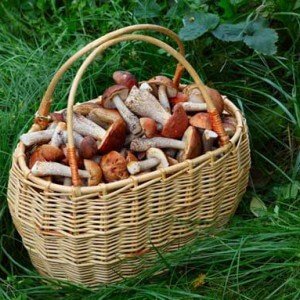
Boletus is a good source of fiber, carbohydrates, and healthy fats. They contain vitamins A, C, group B, as well as impressive reserves of iron, potassium, magnesium, calcium, phosphorus, sodium. Interestingly, in aspen boletus, B vitamins are contained in almost the same amount as in cereals, and the reserves of vitamin B3 (nicotinic acid) are similar to those in yeast or liver. Several studies prove the anti-cellulite properties of mushrooms.
In percentage terms, the composition of aspen mushrooms looks like this:
- 90% – water;
- 4% – proteins;
- 2% – fiber;
- 1,5% – carbohydrates;
- 1% fat;
- 1,5% – minerals and vitamins.
Boletus belongs to the category of diet food. There are no more than 100 kcal in 44 grams of the product, and the zero glycemic index makes them safe for people with diabetes and obesity.
In the course of laboratory studies, it was proved that aspen mushrooms cleanse the body of toxins and toxic substances well. The broth made from these mushrooms is an extremely nutritious product that is often compared to broth. For this reason, mushrooms are recommended for people after surgery, severe lingering illnesses, to strengthen the immune system. But it is still worth noting that most of the useful components are concentrated in the mushroom cap, the leg is relatively poor in nutrients.
Medicinal properties

Honey mushrooms, for example, helped to treat intestinal disorders, mushrooms, chanterelles and milk mushrooms – colds and infectious diseases, boletus – headaches, raincoats quickly healed wounds, and aspen mushrooms were used to cleanse the blood.
Do not forget about the healing properties of mushrooms and modern researchers who have created a science that studies the healing properties of mushrooms – fungotherapy.
Caveats
And although mushrooms are considered a useful product, it is still important to use them with caution for people with kidney problems or impaired liver function.
Fungi growing along roads and in contaminated areas are dangerous because their spongy bodies easily accumulate carcinogens and toxins. It should be remembered that improperly cooked mushrooms (undercooked) are the cause of botulism. And again: the right boletus will never taste bitter.
Use in the kitchen
Aspen mushrooms are one of the most delicious mushrooms. They taste like boletus mushrooms, and those, as you know, are considered the best after porcini mushroom.
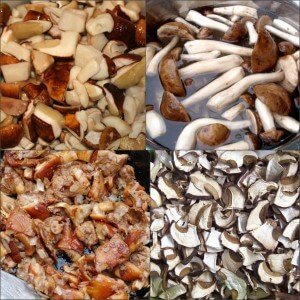
Many recipes use whole mushrooms, although some gourmets ditch the stems, considering this part tough. But in any case, it is important to cook fresh mushrooms as soon as possible after harvest, since they deteriorate in a matter of hours. The easiest way is to boil aspen mushrooms. Young mushrooms reach full readiness within 20 minutes after boiling. It will take longer to fry – from half an hour to 40 minutes. They are also suitable for freezing. In the freezer for several months, both raw peeled and already slightly cooked are stored well.
For longer storage, the mushrooms can be dried. But it is important to follow some rules. Firstly, the boletus should never be washed before drying. Their spongy body quickly absorbs water, which cannot be eliminated. Fresh delicacies must be thoroughly cleaned of branches, leaves, insects, earth (non-rigid brushes are suitable for this), then cut the large ones into pieces, leave the small ones whole. You can dry it in several ways. If you give preference to drying in the oven, then it is important that the temperature in the cabinet does not exceed 50 degrees. Place a baking sheet with parchment and mushrooms on the top shelf – this way the mushrooms will not burn. Stir the contents of the baking sheet from time to time to dry evenly, especially if you are preparing a large portion of the delicacy.
How to grow in the garden
Do you think that boletus can only be collected in forests? You are wrong. These red-headed beauties can be grown in the garden.
To germinate “domestic” mushrooms, you need either grain mycelium or wild mycelium. To improve the yield, it is better to use soil taken from under the aspen, and sow grain mycelium with a thin even layer on it. In heat and drought, the mycelium will have to be periodically moistened. The first crop appears 2-3 months after sowing. Then you can pick mushrooms every two weeks. Such a mushroom bed is capable of producing crops up to 5 years.
Researchers call mushrooms the most amazing organisms on the planet, which are able to combine the characteristics of plants and animals. From the most ancient times, people use this product for food and as a medicine, mushrooms are able to replace meat for vegetarians and enrich the body with minerals and vitamins. Meanwhile, they remain one of the most dangerous products – false twin mushrooms or poisonous species are the strongest poison on the planet. So do not forget to be vigilant when picking or buying mushrooms, and never cook unknown species.
